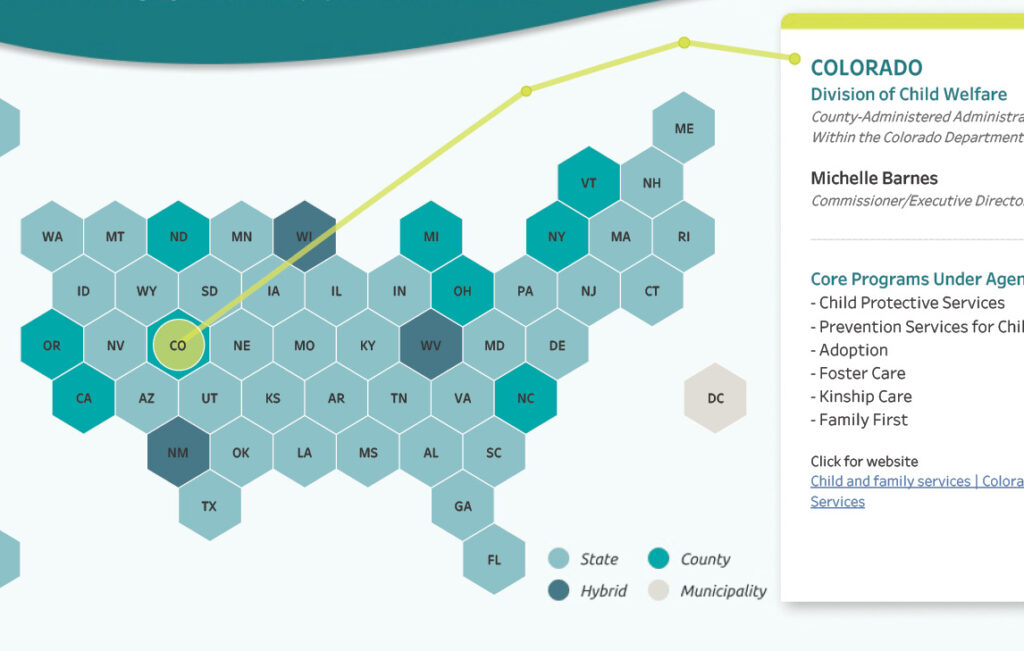Summary of CMS Proposed Rule: Methodology to Determine Provider Taxes as Generally Redistributive
CMS has proposed a rule to address concerns about how states determine whether a provider tax is “generally redistributive.” Our team of healthcare policy experts has reviewed and summarized the rule to help stakeholders quickly understand its implications and prepare for potential changes.
Background:
Under federal law, healthcare-related taxes must usually be broad-based (applying to all non-governmental providers in a class) and uniform (taxing providers at the same rate). States can request waivers to these requirements if they can show that the tax collects more from providers serving fewer Medicaid patients and helps fund payments to those serving more Medicaid patients.
CMS is concerned that some states, particularly in taxing managed care organizations, are applying higher tax rates to Medicaid services than to non-Medicaid services, undermining the redistributive intent. To address this, CMS proposes to strengthen its oversight by keeping its existing statistical tests (P1/P2 for broad-based waivers, B1/B2 for uniformity waivers) and adding a new redistributive standard to ensure fairness.
Key provisions of the rule include:
- Prohibiting higher tax rates on Medicaid units compared to non-Medicaid units;
- Banning use of indirect methods (like proxies) that target Medicaid;
- Requiring all future waivers to meet both statistical and new redistributive standards;
- Allowing a transition period for states with waivers approved more than two years before the rule’s effective date.





